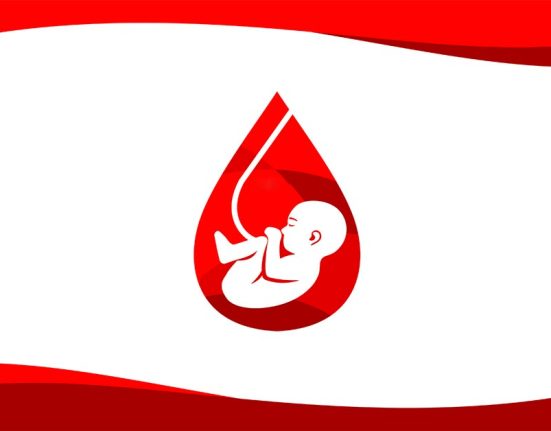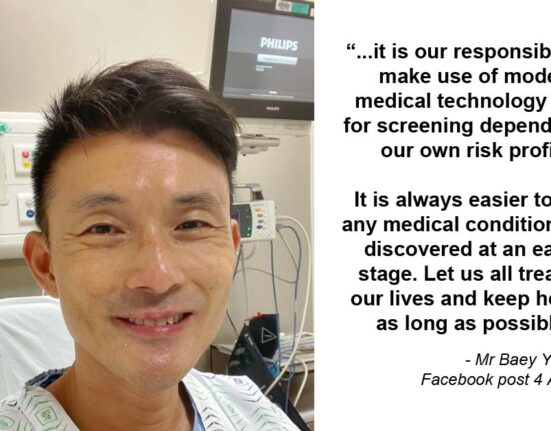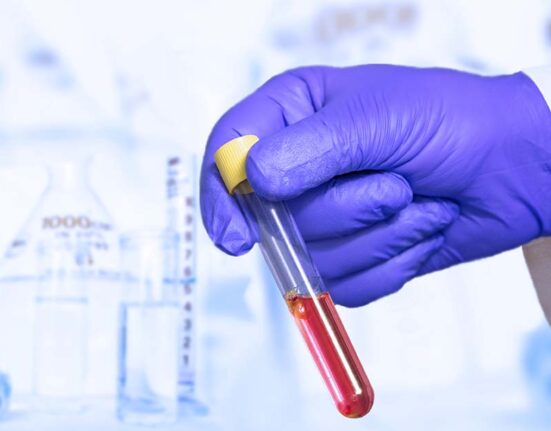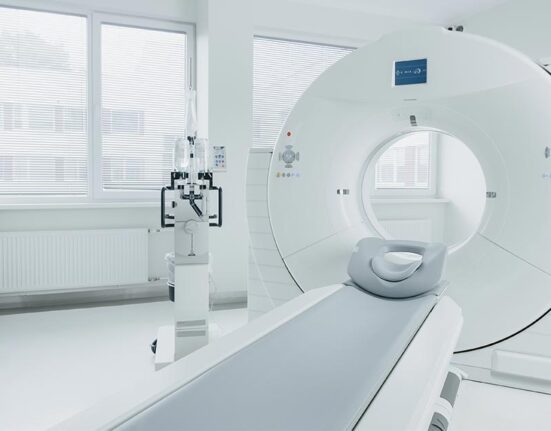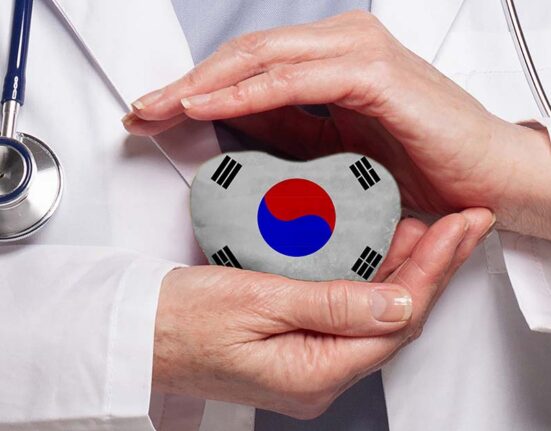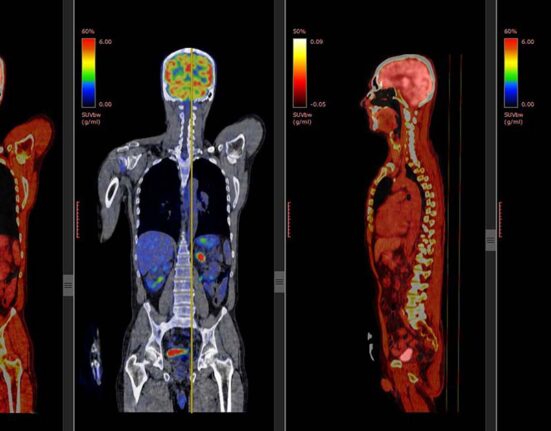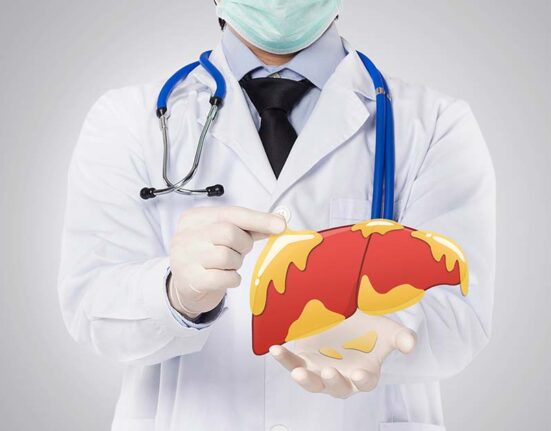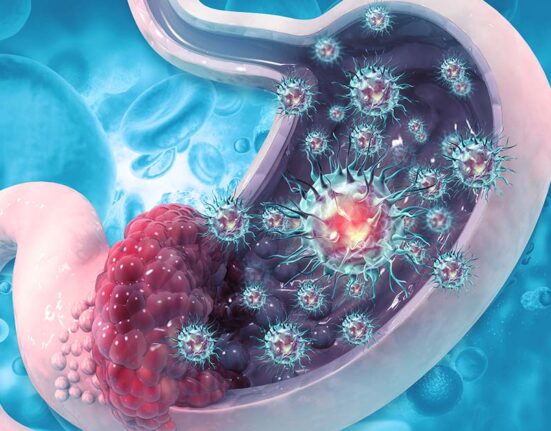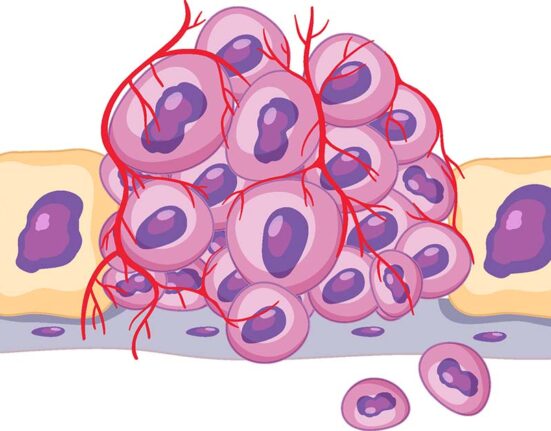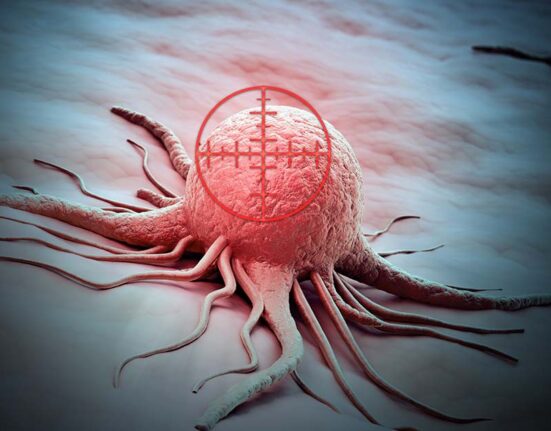“What stage is the cancer?” is a question that inevitably comes up whenever there is a conversation about cancer. Here, we will explore more about what Cancer Stages are, and what they mean for patients.
In layman terms, the stage of a cancer refers to the extent to which the cancer has developed or spread. Globally, TNM is the most commonly used system for staging the severity of a cancer, but there are in fact a number of different systems. Typically, they take into consideration some or all of the following aspects of a cancer:
- What is the size of the tumour;
- To what degree has it invaded surrounding tissue or organ;
- Has it spread to nearby lymph nodes or different parts of the body;
- How abnormal do the cancer cells look (“tumour grade”).
The TNM staging can be used to describe most types of cancers, except central nervous system and blood cancers.
The 5 Stages Of Cancer
Under the TNM staging system, T refers to the size and extent of the main or the primary tumour; N refers to the spread to nearby lymph nodes; and M refers to the degree of spread to other parts of the body.
Doctors group overall cancer prognosis into 5 stages of cancer:
Stage 0 – The cancer has not become invasive yet. Patients can often be cured with just surgery.
Stage I – Usually a situation where there is a small tumour, but is confined to the organ.
Stage II – Usually there is a bigger tumour. It may be localised or has limited involvement of nearby lymph nodes.
Stage III – There is a larger tumour with greater involvement of either the adjacent tissue or lymph nodes. There is otherwise no evidence of spread to other parts of the body.
Stage IV – The cancer that has spread to distant parts of the body
Various Ways To Stage A Cancer
Doctors may stage a cancer based on results of physical exams, imaging tests (x-rays, CT scans, etc.), endoscopy exams, and biopsies. This is called clinical stage and it is often key to determining what are the best treatment options. It is also used to give an idea of the patient’s prognosis as the survival rates for most cancers are largely based on the stage at the time of diagnosis.
On the other hand, pathological stage takes into account findings during surgery and the examination of tumour specimens. This is in addition to information gathered from clinical staging. The pathological stage guides decisions on further treatment such as chemotherapy, hormonal therapy and radiotherapy.
Cancer can be “restaged” when there is evidence that the cancer has recurred or relapsed.
Survival Rates And Stages Of Cancer
Another question that frequently arises when speaking of cancer stages is the chance of survival.
Cancer prognosis is expressed as a survival rate, which is the percentage of people with a certain type and stage of cancer who are still alive 5 years (commonly quoted) after being diagnosed. This is thus a statistic based on aggregated past data, and is not predictive for individual patients. It gives doctors and patients a general idea of how likely that treatment will be successful, but care should be taken when interpreting the numbers.
There are other factors affect patient prognosis, such as the patient’s age and overall health, whether the cancer cells have changes in certain genes, chromosomes, or proteins, and how the cancer responds to treatment.
Survival rates however, are nearly always based on the stage of the cancer at the time of diagnosis.
Cancer Stages and survival rates are complex issues and patients or caregivers should consult with their cancer care doctor to understand the specifics for each patient’s case.
Further Reading On Cancer
Protect against cancer, cardiovascular disease, and other chronic diseases with regular health screening. Compare and shop for health screenings from Singapore and regional healthcare providers at a single convenient platform - shop.health365.sg
This article is informative only and is not intended to be a substitute for professional medical advice, diagnosis, or treatment, and should never be relied upon for specific medical advice.



